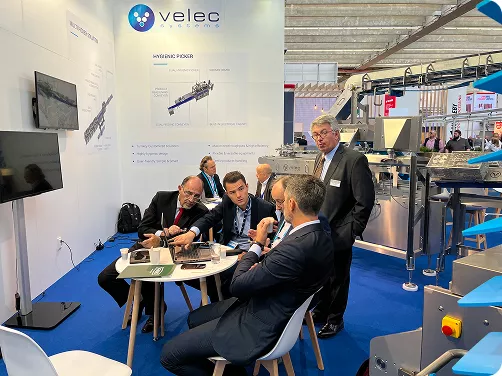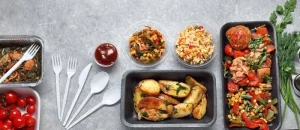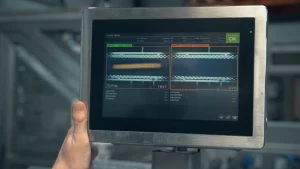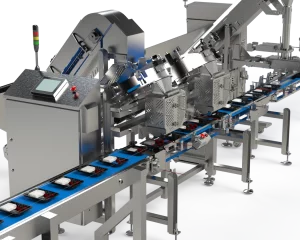If you are a business owner dealing with food or beverages, a high-quality filling machine can be an excellent component for the automation of your operations. The uses of a filling machine are multiple and versatile as it helps package hundreds of containers, bottles or packets with your finished product, consistently and efficiently. Read on to find out more from Multifill.
Vegetable Filling
Food filling machines or volumetric fillers from Multifill can be used to fill vegetables or salads into packaging, enhancing safety and hygiene substantially. Multifill is a specialist of volumetric machine fillers that are built to package vegetables and other solid, ready-made foods. Our three main filling machines range in speeds and capacities and are the MPFMP-060 , MPFSH-075 and MPFSC-120.
Packaging vegetables or soft food can be a challenge as they tend to stick to the sides of the machine, leading to unappealing lumps or tears in the food products. It is for this reason that Multifill has worked on its filling machine designs and operations to prevent this.
Rice Filling
Our powder and granule filling machines, either volumetric or gravimetric, are used to pass through free-flowing powders or grains such as salt and uncooked rice into their respective packages.
Prepared Salads
Our volumetric filling machines can efficiently be used to fill vegetable and salad leaves into their containers while the salad dressing is transferred using different categories of fillers, depending on the consistency of the dressing.
Liquid Fillers
Also known as flow filling machines, liquid filling machines are used to fill containers, cartons, cups or cans with beverages and other liquids. The types of liquid it can fill in containers efficiently include alcohol, water, sodas, sauces, oil and more. Liquid filling machines also come in a variety of operational modes including piston filling, pump filling and siphons. The most commonly found liquid filling machines are:
1. Manual liquid filling machines
2. Semi-automatic liquid filling machines
3. Full-automatic liquid filling machines
4. Inline liquid filling machines
5. Rotary liquid filling machines
6. Piston filling machines
For more information on the uses of filling machines, contact Multifill today!



